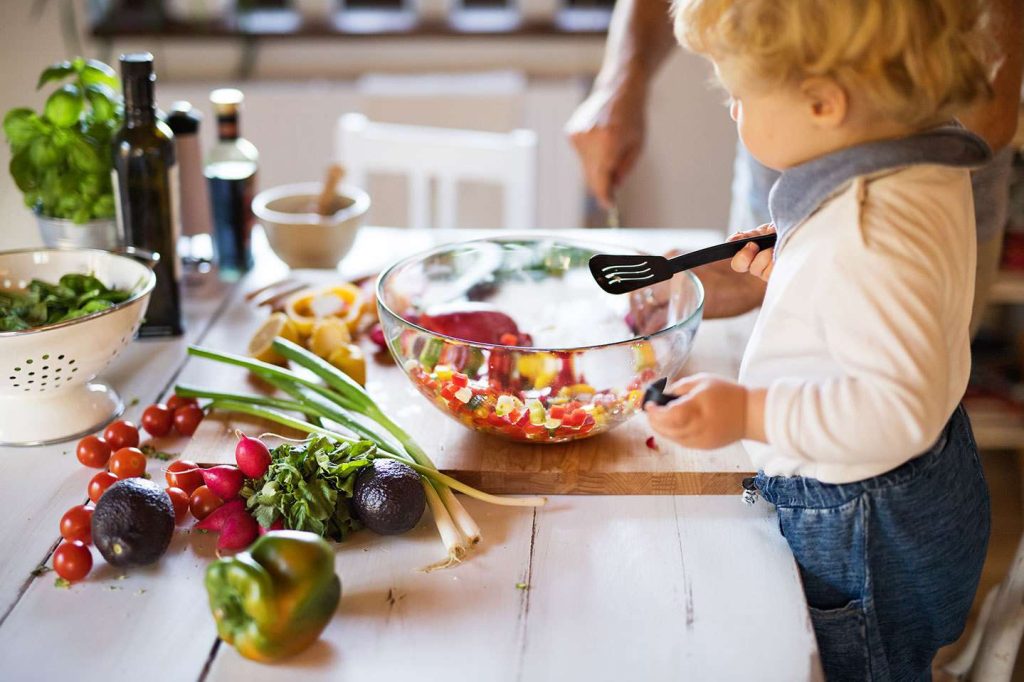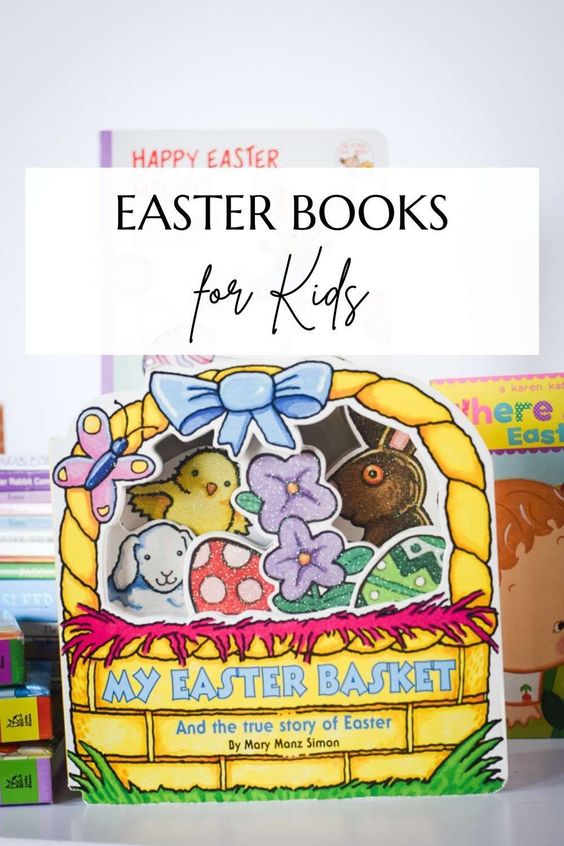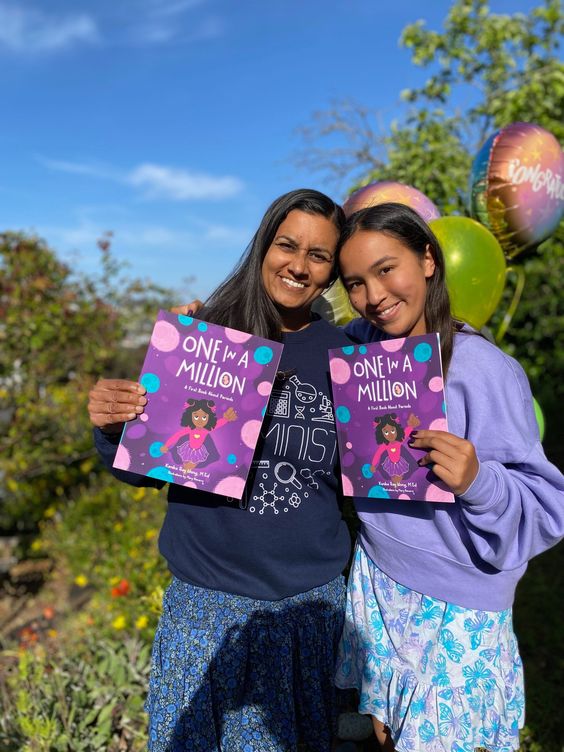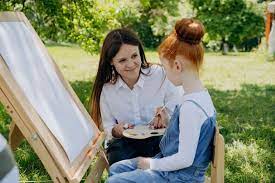Parent-teacher interviews are a crucial touchpoint in the education landscape, often providing valuable insights into a child’s academic and social development. Building a positive relationship between educators and families can significantly influence a child’s success in school. Here are 12 essential tips to help parents make the most of these important meetings.
1. Be Prepared: Before you go to the interview, take some time to talk with your child about how they feel they’re doing in school and if there’s anything specific they’d like you to discuss.
2. Arrive on Time: Punctuality shows respect for the teacher’s time and sets a positive tone for the meeting. If you’re running late, call the school to let them know.
3. Come with Questions: Prepare a list of questions or topics you’d like to cover. These could range from academic progress and social development to how you can support learning at home.
4. Listen Actively: Be sure to listen to what the teacher has to say. They provide insights into your child’s day-to-day experiences at school that you might not hear about at home.
5. Stay Positive: Approach the meeting with an open mind and be receptive to feedback, even if it’s not all positive. Remember that you’re both there to support your child’s growth.
6. Take Notes: Write down important points or suggestions from the teacher so you can refer back to them later, especially when discussing the meeting with your child.
7. Share Information: Provide the teacher with any information that could help them better understand or assist your child, including health issues, life changes, or learning difficulties.
8. Discuss Next Steps: Ask about strategies and goals for your child’s further improvement and how you can contribute to reaching those objectives.
9. Stay Focused on Your Child: Keep the conversation centered on your child’s progress. While it’s tempting, this isn’t the time for broader educational discussions.
10. Follow Up if Necessary: If time runs short and not all your concerns were addressed, ask for another meeting or a follow-up call or email.
11. Keep Your Child Informed: Afterward, talk to your child about what was discussed (in age-appropriate language) and any agreed-upon steps moving forward.
12. Build a Partnership: View this as an opportunity to forge a collaborative relationship with your child’s teacher for ongoing communication and support throughout the year.
By following these tips, parents can ensure they have productive conversations during parent-teacher interviews that will ultimately benefit their children’s educational journey.








